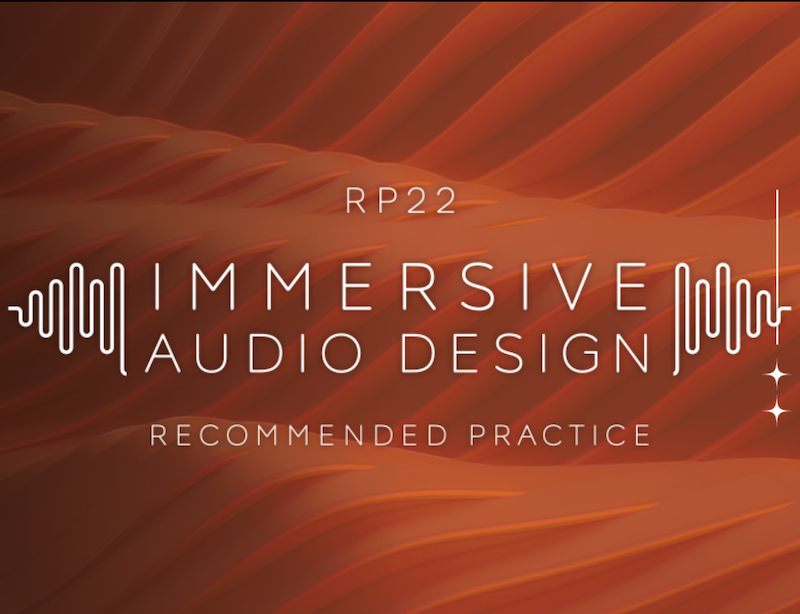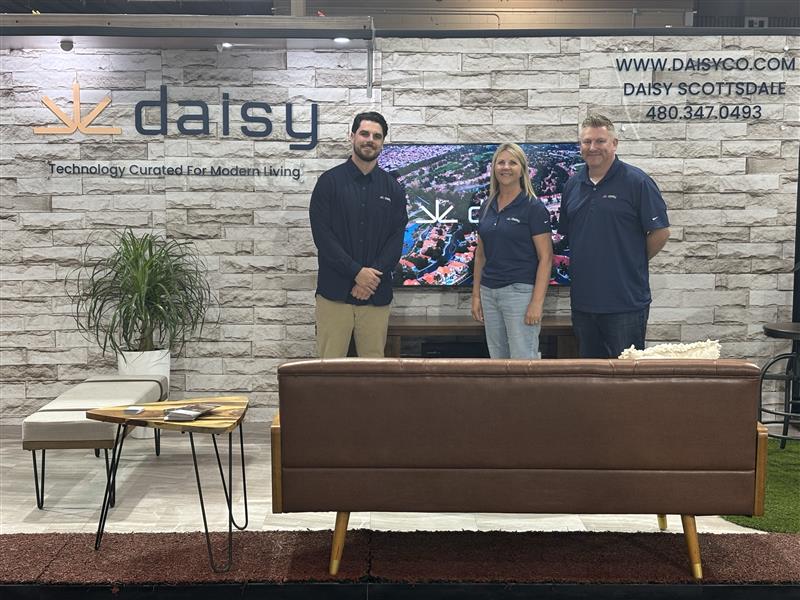CEDIA, the association for smart home professionals, has finalized a new recommended practice for immersive audio system design in collaboration with the Consumer Technology Association (CTA). CEDIA/CTA – RP22 Immersive Audio Design Recommended Practice is the first recommended practice to define an objective set of performance criteria for home audio systems.
“RP22 is nothing less than game-changing for our industry,” said Daryl Friedman, global president and CEO of CEDIA. “It will benefit integrators, manufacturers, and of course, homeowners who can be assured of the same high audio standards no matter the room. My sincere thanks go out to CEDIA’s volunteers and staff who worked tirelessly for years to make this dream a reality.”
Experts representing film studios, audio manufacturers, immersive audio standards and residential technology integrators collaborated for over three years to produce this set of guidelines. By combining input from content creators, device makers and system designers, RP22 presents a consensus that honors artistic vision while acknowledging physical and budgetary constraints. The new Recommended Practice has already been endorsed by manufacturers including Officina Acustica, PerListen Audio, Snap One, StormAudio, Triad Speakers and Trinnov Audio.
New Audio System Performance Targets
RP22 identifies 21 different performance parameters that can be predicted during system design, then tested and verified before system sign-off. Using these metrics, it sets criteria for four different levels of system performance:
- Level 1 – conveys basic artistic intent.
- Level 2 – a higher level of performance that more accurately conveys artistic intent.
- Level 3 – meets or exceeds reference commercial cinema standards.
- Level 4 – achieves the maximum level of performance across every parameter.
Consumers can use the performance levels defined in RP22 to define what they want from an audio system.
Meanwhile, home technology professionals have a new tool to define the difference between off-the-shelf speakers and a state-of-art immersive home audio system.
“Any professionally integrated system should preserve the original creative intent of the audio. That’s the minimum,” says Walt Zerbe, senior director of technology and standards for CEDIA. “From there, RP22 sets criteria for systems that can equal or even exceed the experience of a commercial cinema.”
Deep Technical Guidance for Immersive Audio
CEDIA/CTA – RP22 Immersive Audio Design Recommended Practice is the result of a joint effort by CEDIA and CTA to update their existing recommended practices for home theater audio design. RP22 expands on CTA/CEDIA-CEB22-B Home Theater Recommended Practice: Audio Design with design recommendations for an expanded array of applications and technological innovations, including:
- Speaker layout recommendations for the immersive audio formats, including Dolby Atmos, DTS-X, Auto 3D and more.
- Expanded bass management guidance.
- Coverage patterns and “seat to seat” variation targets.
“This document provides objective parameters and recommendations for designing immersive audio systems within the broader context of entertainment spaces such as home/private cinemas, theaters, screening rooms and mastering environments,” said Peter Aylett, partner, Officina Acustica and RP22 workgroup chair. “Notably, it remains neutral with respect to products and formats and is adaptable to a wide range of room sizes and budgets. My hope is that RP22 will lead to a shift away from a product-centric mindset, towards engineering design credibility.”
“Having these clearly laid out performance levels and metrics pushes designers and engineers to come up with solutions to achieve these standards and educates end users on what is achievable in a home entertainment,” added Keshav Nelavai, lead engineer, Paradise Theater. “We’ve already started putting RP22 into practice and have clients who are curious about the different performance levels.”






![integrateu header [Photo credit | IntegrateU]](https://restechtoday.com/wp-content/uploads/2025/05/integrateu-header.jpg)


